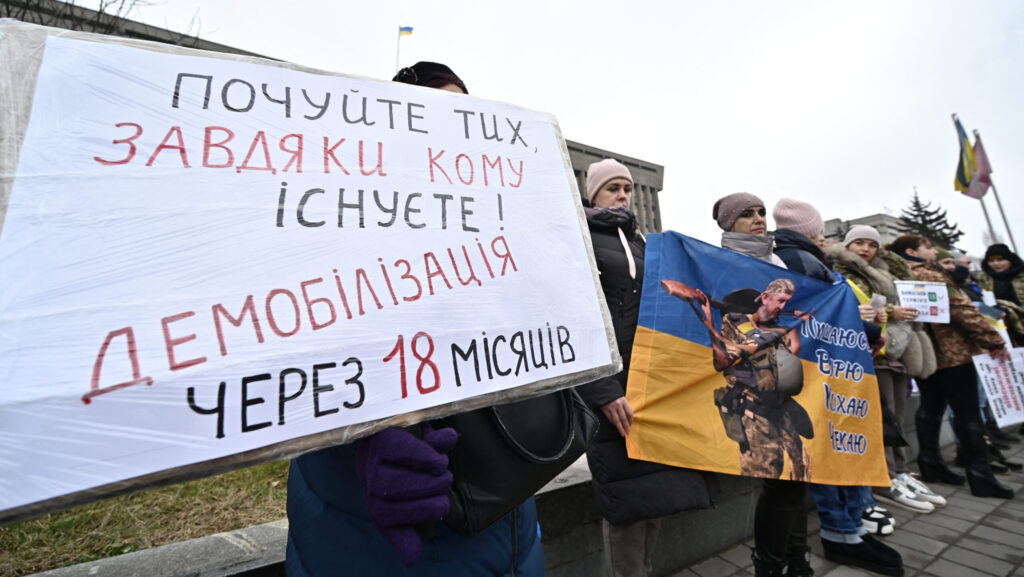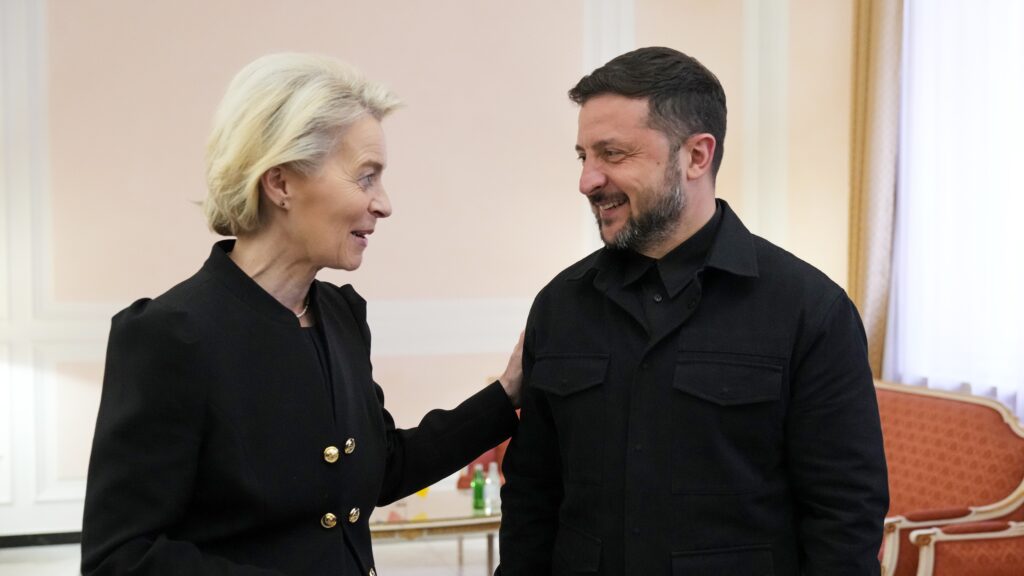Star Wars is a cultural phenomenon that has captured the imagination of people all over the world. While there is probably hardly anyone who has not heard about the iconic ci-fi saga, what is perhaps less known is that Hungarian culture and language have played a small but significant role in the Star Wars franchise, with various references and inspirations popping up throughout the films, television shows, and literature. We now offer our readers a selection of these Hungary-related curiosities to mark 4 May, that is, Star Wars Day.
Hungarian Words And Names
One of the most notable examples of Hungarian influence in Star Wars is the character Cassian Andor from Rogue One: A Star Wars Story. Cassian’s surname, Andor, is a Hungarian name that means ‘manly’ or ‘warrior.’ While it’s unclear if this was an intentional reference to Hungarian culture or just a coincidence, it’s interesting to note that the name has a meaning that fits the character’s role as a rebel spy and soldier.

Another Hungarian connection in Star Wars is the syntax of Yoda’s speech. Yoda’s unique way of speaking, with its unusual sentence structure, featuring on object-subject-verb word order, has been noted by many fans to be similar to the Hungarian language. Hungarian is a language with a flexible word order, and it’s common for sentences to start with the object rather than the subject. It’s possible that the creators of Star Wars were inspired by the Hungarian language when developing Yoda’s distinctive speech patterns.
Hungarian Culture
In addition to these references, there are also a few examples of Hungarian culture appearing in Star Wars media. One such example is the character Ziro the Hutt from Star Wars: The Clone Wars. Ziro’s design is based on a traditional Hungarian puppet called the ‘Kolozsvári Székely baba.’ The puppet is a folk art tradition from the Szekler (Székely) region of Transylvania, which is now part of Romania but still has a predominantly Hungarian population. The creators of The Clone Wars apparently used this puppet as inspiration for Ziro’s design, giving the character a unique and memorable appearance that has a connection to Hungarian folk heritage.
Furthermore, in Star Wars: The Force Awakens, a map of the galaxy includes a planet called ‘Biro’ which is likely a reference to Hungarian journalist László Bíró, who invented the ballpoint pen. Additionally, in a scene in Star Wars: Episode II – Attack of the Clones, Obi-Wan Kenobi visits the planet Kamino, which is said to be named after the Hungarian word ‘kamion’ meaning ‘truck’.
Kenari is a language spoken by the Kenari species, which appears in the Star Wars: The Old Republic video game. The Kenari are an avian species, and their language is known for its unique clicking and chirping sounds. Kenari has been remarked on to have a similarity to Hungarian, particularly in its use of vowel harmony and its phonological inventory. Like Hungarian, Kenari has a large number of vowels, with eight distinct vowel sounds. Additionally, Kenari has a system of vowel harmony, which means that the vowels used in a word are influenced by the vowels in nearby syllables. This is a feature that is also present in Hungarian, and it is one of the defining characteristics of the language. Another interesting aspect of Kenari is its use of clicks and chirps, which are reminiscent of the vocalisations of birds. This is fitting for the Kenari, who are avian in nature, and it adds a unique and distinctive flavour to the language.
Hungarian Cosplayers
The ‘501-es légió‘ is a Hungarian cosplay group that is dedicated to recreating the costumes and characters from the Star Wars franchise. The group takes its name from the 501st Legion, a group of clone troopers that appears in the Star Wars films and animated series. The 501-es légió was founded in 2006, and it has since become one of the largest and most active cosplay groups in Hungary. The group has over 50 members, and its members have created highly detailed and accurate costumes of characters from the Star Wars films and other media. The group has participated in a wide range of events and activities, including fan conventions, charity events, and public appearances. They have also organised their own events, such as Star Wars-themed parties and cosplay competitions. One of the most impressive aspects of the 501-es légió is the level of detail and craftsmanship that goes into their costumes. The group members take great care to ensure that their costumes are as accurate as possible, using high-quality materials and taking the time to research and study the characters they are portraying. In addition to their cosplay activities, the 501-es légió is also involved in charitable work. The group has organised fundraising events for a variety of causes, including children‘s hospitals and animal shelters. Their dedication to using their passion for Star Wars to make a positive impact in their community is a testament to the power of fandom and cosplay to bring people together and make a difference.
Small Country, Large Number Of Influences
There have also been a few instances of Hungarian being used in Star Wars literature. In the novelization of The Empire Strikes Back, there is a character named Tibor who is described as speaking Hungarian. Additionally, in the Star Wars: X-Wing book series, one of the pilots is named Tibi, which is a Hungarian nickname for Tibor.
While these references and connections are relatively minor in the grand scheme of the Star Wars universe, they serve as a testament to the franchise‘s ability to draw inspiration from a wide range of cultures and languages. By incorporating elements of Hungarian culture and language into Star Wars, the creators have added another layer of depth and richness to the already vibrant universe.
In conclusion, Hungarian culture and language have had a small but noteworthy influence on the Star Wars franchise. From the character name Cassian Andor and the syntax of Yoda’s speech to the inspiration for Ziro the Hutt’s design, and the use of Hungarian in Star Wars literature, these references and connections add to the global appeal and cultural impact of the Star Wars universe.








